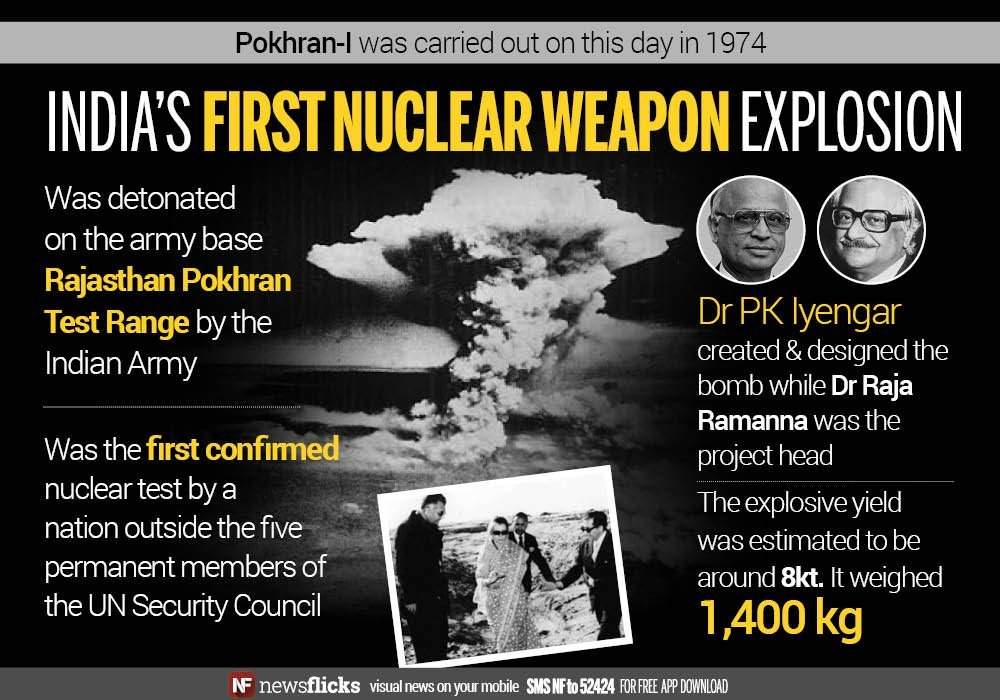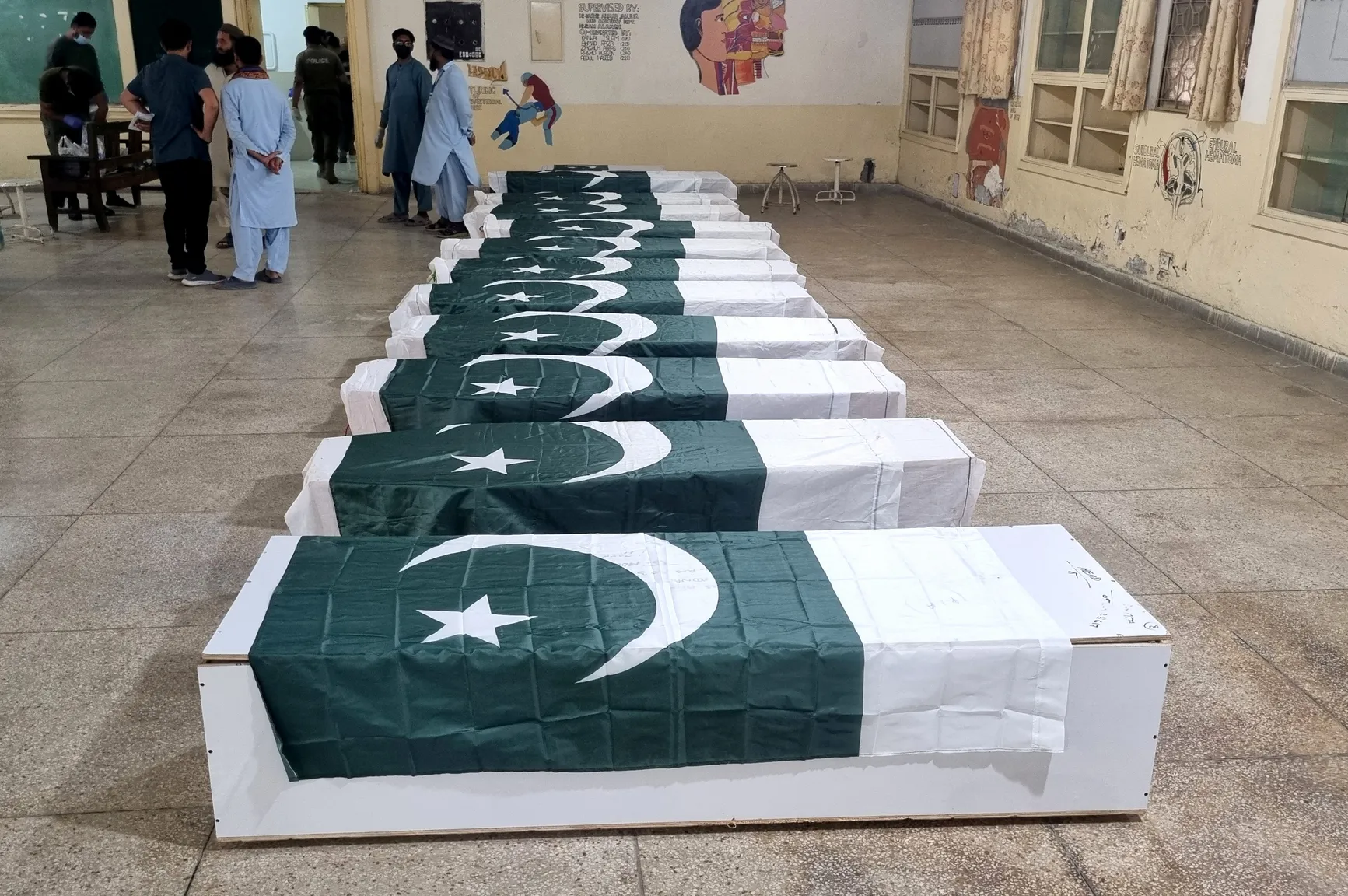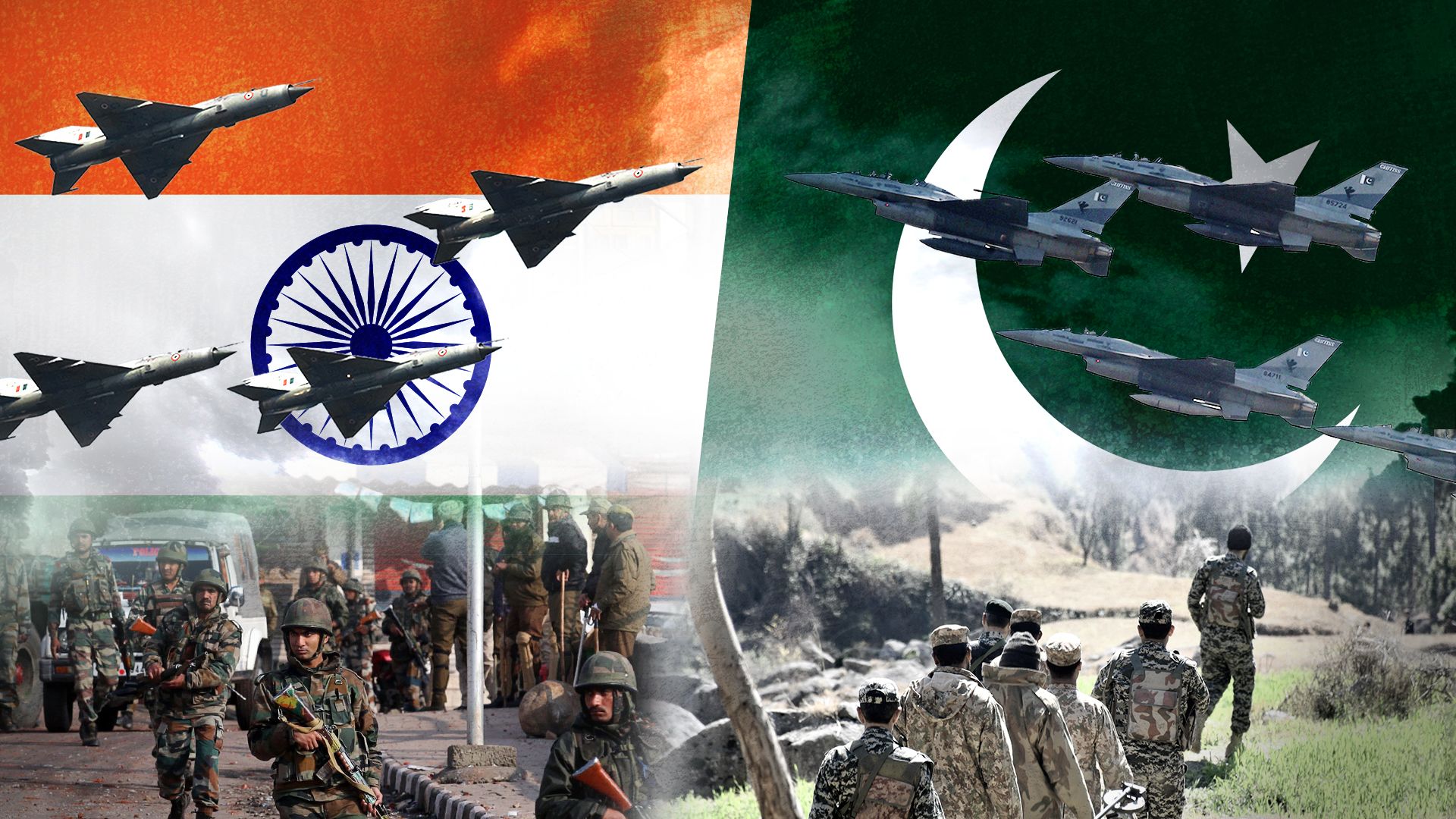The India-Pakistan nuclear comparison has become increasingly important in 2025, especially as tensions between the two nations continue to rise. Both countries possess nuclear weapons, which play a crucial role in shaping their military and political strategies. India conducted its first nuclear test in 1974, while Pakistan followed in 1998 in direct response.
The long-standing tensions between India and Pakistan reached a boiling point on a dark Wednesday morning. India launched a military strike dubbed “Operation Sindoor” in response to what it claimed were planned terrorist attacks originating from Pakistan. The Indian government emphasized that the strike was focused on infrastructure linked to terrorism, without involving Pakistan’s military facilities.
However, Pakistan retaliated with reports of shooting down two Indian Air Force jets in their airspace. This aerial clash further escalated tensions, raising global concerns about the potential larger impact of the ongoing conflict.
But beyond the conventional military clash, this crisis touches on a far more critical issue—nuclear weapons. Both India and Pakistan have developed nuclear capabilities, which adds complexity and potential devastation to any further escalation.
India-Pakistan Nuclear Comparison: Final Thoughts

Both India and Pakistan possess nuclear weapons, which play a crucial role in shaping their military and political strategies. The Indian nuclear program began with its first successful test in 1974. Pakistan, meanwhile, conducted its first atomic test in 1998 as a direct response to India’s advancement.
India vs. Pakistan: Nuclear Power Comparison

Both India and Pakistan are nuclear-armed states, shaping much of their military and political dynamics around this reality. India entered the nuclear club in 1974, while Pakistan followed in 1998. Though neither has used such weapons in active conflict, their existence casts a long and dangerous shadow over any military escalation.
Here’s how their nuclear capabilities stack up:
| Aspect | India | Pakistan |
|---|---|---|
| Number of Nuclear Warheads | Estimated at 164 | Around 170 |
| Nuclear Policy | Follows a “No First Use” doctrine | Has not declared a “No First Use” policy |
| Weapon Types | Strategic arsenal via land, sea, and air-based systems | Focus on tactical nuclear weapons and short-range delivery |
| Storage & Deployment | Warheads are integrated into triad systems | Warheads are stored separately; assembled only when needed |
| Nuclear Status Since | 1974 | 1998 |
| Growth Projections | Relatively stable arsenal | Could reach 220–250 warheads by 2025 |
Impact of a Nuclear Conflict Between India and Pakistan
Even a limited nuclear exchange between these two nations could be catastrophic. Studies suggest such an incident might kill over 20 million people in just one week, due to radiation, explosions, and collateral damage. Worse still, scientists warn that the aftermath could trigger a nuclear winter, causing massive drops in global temperatures and agricultural collapse.
The ripple effect would be global. If crops fail on a large scale, nearly 2 billion people, especially in developing countries, could face starvation. This isn’t just a regional problem; the world as a whole would suffer the consequences. According to a study by the International Physicians for the Prevention of Nuclear War, the environmental and human cost would be staggering, threatening food security and social stability worldwide.
Conclusion: What’s at Stake?
While nuclear war may seem like a distant fear, the ongoing tensions between India and Pakistan make the situation more perilous. The existence of nuclear weapons in both countries complicates the crisis and makes it far more dangerous.
A wrong move or miscalculation could worsen the situation, and the world must continue to push for diplomatic solutions that avoid risking further escalation. This tension isn’t just a threat to India and Pakistan, but to the entire world.
For a shift from geopolitical analysis to pop culture news, check out this article on Rihanna’s third pregnancy at the Met Gala 2025 and what the event means for her career.
FAQ: India-Pakistan Conflict and Nuclear Threats
Q1: Why are India and Pakistan in conflict?
The tension between India and Pakistan mainly stems from the long-standing territorial dispute over Kashmir, as well as cross-border terrorism and historical wars. Both countries have fought multiple wars since their independence in 1947.
Q2: Do both countries have nuclear weapons?
Yes. India became a nuclear power in 1974, while Pakistan followed in 1998. Today, both nations possess over 160 nuclear warheads each.
Q3: Has either country ever used nuclear weapons in conflict?
No. Thankfully, despite ongoing tensions and several wars, neither India nor Pakistan has ever used nuclear weapons in battle.
Q4: What is the “No First Use” policy?
India has declared a “No First Use” policy, meaning it pledges not to use nuclear weapons unless attacked first with them. Pakistan, on the other hand, has not adopted this policy and maintains the option to use nuclear weapons if it feels threatened.
Q5: How dangerous is a potential nuclear war between them?
Extremely. Even a limited nuclear exchange could kill 20 million people in a week and trigger a global nuclear winter. This could lead to widespread famine, affecting up to 2 billion people, especially in poorer countries.
Q6: Is the world doing anything to prevent escalation?
Yes. Many countries and international organizations regularly push for diplomatic talks, arms control agreements, and peaceful conflict resolution to prevent nuclear escalation in South Asia.
Q7: Why is the world so concerned about India-Pakistan tensions?
Because it’s one of the few places on Earth where two neighboring countries with nuclear weapons have frequent military clashes. A single misstep could spiral into something catastrophic—not just for South Asia, but for the entire planet.
